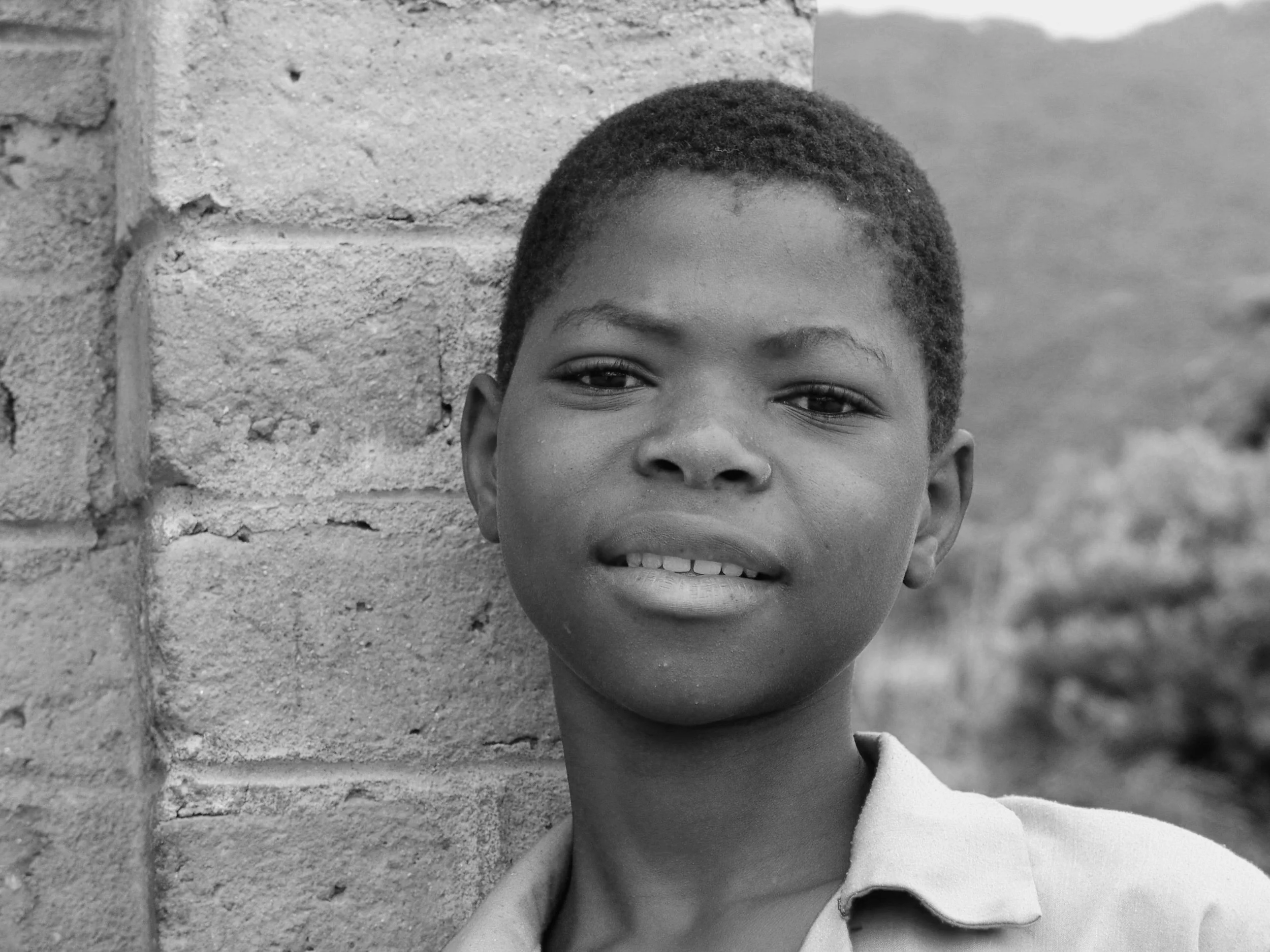About
Build African Schools.
Fifty-four countries make up the continent of Africa. It is the second largest of all the continents with a population of over 1.3 billion people, or 17.8% of the world’s population and the African continent of Africa is huge……
Africa has the youngest population of all the continents with the median age of 19.7, with the worldwide median age of 30.4 (United Nations Economic Commission for Africa)
Millions and millions of African children will never set foot in a classroom and millions more will never go beyond Primary/Middle School standard.
The problem of Africa is there are too many problems; too many crises; too many disasters…to identify a few… wide spread poverty, hunger, illiteracy, malaria, AIDS, education, polluted drinking water, lack of hospitals, chronic unemployment, anemic rural electrification, tribalism,
Build African Schools activities and investments in Africa are 100% focused on the one single key activity that will help contribute more effectively to resolving these many problems…. and that focus is on….. Education.
The ultimate aim of education is to equip children with the numeracy, literacy and wider skills that they need to realize their potential…...
and that their countries need to generate jobs, innovation and economic growth
African towns, communities and villages, with access to schools and trained teachers, will be the single biggest influence in resolving Africa’s future.
To date we have thousands of students daily attending the secondary/high schools and primary/middle/ schools we have constructed.
Build African Schools formed its own building co-op company based in Nairobi, Kenya. The construction co-op is wholly owned by African trades people.
Building a school typically takes sixty days to construct and costs about $78,000 US dollars.
Build African Schools have produced a number of short videos showing different aspects of African community life. These videos are used for fundraising in the US and Europe.
Just 6% of children in Sub-Saharan Africa will enroll for some form of tertiary education, compared to a child in an OECD* country who has an 80% chance. (UNESCO) (*Organization for Economic Co-operation and Development)
Countries such as Burundi, and Ethiopia are predicted to achieve universal primary education by the year 2100. Other countries like South Africa will achieve this by 2030; Kenya by 2065; Tanzania by 2080 and Uganda by 2090. (UNESCO)

